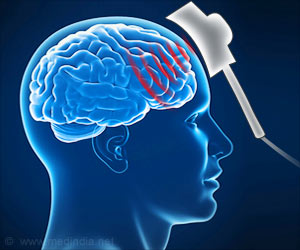Globally, out of the 1.4 million deaths, 48% are due to hepatitis C virus, 47% due to hepatitis B virus and the remaining to hepatitis A and hepatitis E viruses.

- Hepatitis is an inflammation of the liver that can progress to cirrhosis or liver cancer
- Hepatitis C infection more common in North India, finds an analysis
- Hepatitis E Virus and Hepatitis A Virus were common in young adult age group of 16 to 30 years
HCV is a blood-borne infection that can cause both acute and chronic hepatitis. The modes of HCV infection are through exposure to small quantities of blood, which may happen through unsafe injection practices, unsafe healthcare, drug use, transfusion of unscreened blood and blood products and sexual contact with an infected person.
The prevalence of HCV is estimated at 1% with 71 million of HCV infected adults. Most of the people who are chronically infected with HCV are likely to develop cirrhosis or liver cancer. About 399,000 people die each year from HCV, mostly from cirrhosis and hepatocellular carcinoma.
Findings of SRL Analysis
- All the four types of viral hepatitis (A,B,C and E) are more common in young age groups of 16 to 30 years and 31 to 45 years
- Hepatitis E Virus and Hepatitis A Virus were common in young adult age group of 16 to 30 years
- Hepatitis C Virus was more common in the middle age to elderly age groups of 46-60 and 61-85 years
- Hepatitis B Virus infection was seen across all the age groups
“With time, there has been a huge influx of people into urban areas of India and significant changes in the lifestyle of the urban population. For Hepatitis E Virus and Hepatitis A Virus infections hygiene and sanitation practices play major roles, while for Hepatitis B Virus and Hepatitis C Virus, lifestyle and awareness are very important,” said Dr Phadke.
According to the World Health Organization (WHO), about 6 to 10 million new hepatitis cases are diagnosed. About 257 million people have chronic hepatitis B virus infection.
Globally, out of the 1.4 million deaths, 48% are due to hepatitis C virus, 47% due to hepatitis B virus and the remaining to hepatitis A and hepatitis E viruses.
- About 325 million people were living with hepatitis B virus and hepatitis C virus in 2015
- Hepatitis is a silent killer that claimed 1.34 million lives in 2015
- Nearly 95% of the people with hepatitis C can be cured completely within 2 to 3 months
- In 2015, only 7% of the 71 million people with chronic hepatitis C had access to treatment
Source-Medindia















